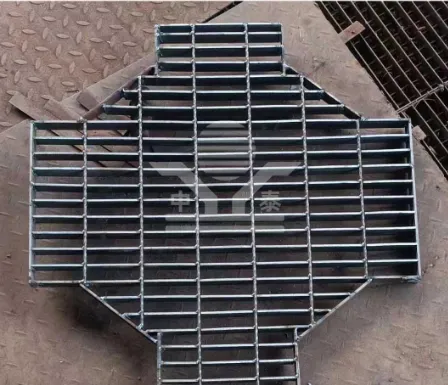The Versatility of Mesh Fencing
In today’s world, securing properties and creating boundaries is more important than ever. One of the most effective ways to achieve this is through the use of fence systems, and among the different types available, mesh fencing stands out for its versatility and functionality. This article delves into the benefits, applications, and design considerations of mesh fencing.
Understanding Mesh Fencing
Mesh fencing typically consists of a series of interwoven wires or rods that create a robust barrier. The mesh design allows for visibility and air circulation while providing the necessary security. This type of fencing is made from various materials, including galvanized steel, vinyl-coated wire, or welded wire, and can be used for both residential and commercial purposes.
Benefits of Mesh Fencing
One prominent advantage of mesh fencing is its durability. The materials used in mesh fences are resistant to rust, corrosion, and environmental factors, ensuring a long lifespan with minimal maintenance. Unlike traditional wooden fences that may rot or warp over time, mesh fences maintain their structural integrity, making them a cost-effective solution in the long run.
Additionally, mesh fencing provides a high level of security without obstructing visibility. This characteristic is particularly beneficial for properties in residential neighborhoods, as it allows homeowners to monitor their surroundings while still ensuring that their space is protected from intruders. Moreover, the open design of mesh fencing can deter potential trespassers, as it eliminates hiding spots.
Beyond security, mesh fencing also serves various aesthetic and functional purposes. These fences can be customized to complement the design of a property, with options for different colors, heights, and mesh patterns. This flexibility makes them suitable for a range of applications, from enclosing gardens and swimming pools to securing commercial premises and construction sites.
Applications of Mesh Fencing
fence with mesh

Mesh fencing is used in a plethora of applications. In residential settings, it is often utilized to create pet enclosures or to secure yards. Homeowners appreciate the balance of visibility and security, allowing children and pets to play safely while keeping wild animals out.
In commercial settings, mesh fencing is crucial for keeping valuable equipment and supplies safe from theft or vandalism. Industries such as construction, agriculture, and manufacturing often rely on this type of fencing to protect their assets. Additionally, sports facilities use mesh fencing to define playing fields and ensure the safety of spectators.
Another popular application for mesh fencing is in agricultural settings. Farmers use it to protect crops from wildlife while allowing air and sunlight to reach the plants. The efficacy of mesh fencing in maintaining a balance between protection and accessibility makes it a preferred choice in various agricultural operations.
Design Considerations
When choosing mesh fencing, several factors should be considered. The purpose of the fence—whether for security, aesthetics, or both—will dictate the type of mesh and materials used. It is also essential to assess the site conditions, as factors like terrain, climate, and existing vegetation can influence installation and durability.
Height is another critical aspect; taller fences provide additional security, while shorter ones may suffice for decorative purposes. Additionally, local regulations and zoning laws may dictate specific requirements for fencing, so it is advisable to consult with local authorities before installation.
Conclusion
In summary, mesh fencing is a versatile solution for a variety of applications, offering durability, security, and aesthetic appeal. Its ability to merge functionality with visibility makes it an ideal choice for both residential and commercial properties. As property owners continue to prioritize safety and aesthetics, the popularity of mesh fencing is sure to endure, providing efficient barriers that blend seamlessly into their environments.
-
Versatility of Expanded Aluminum Metal for Various Applications
NewsMay.19,2025
-
The Geometry of Steel Gratings: Why It Matters
NewsMay.19,2025
-
Reinforcement Applications of Perforated Mesh in Masonry
NewsMay.19,2025
-
Essential Tools for Installing a Deck Mesh Railing
NewsMay.19,2025
-
Anti-Slip Flooring Made with Stainless Expanded Mesh
NewsMay.19,2025
-
Adjustable Steel Grating for Uneven Terrain
NewsMay.19,2025
Subscribe now!
Stay up to date with the latest on Fry Steeland industry news.

